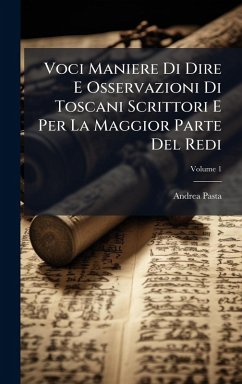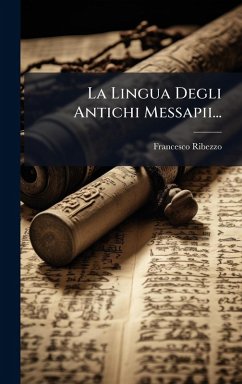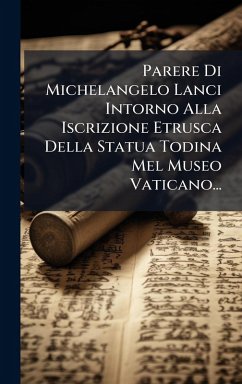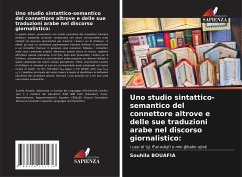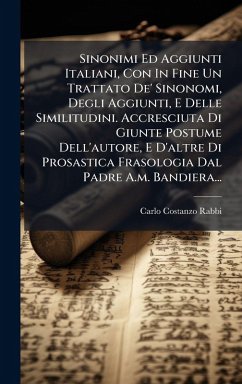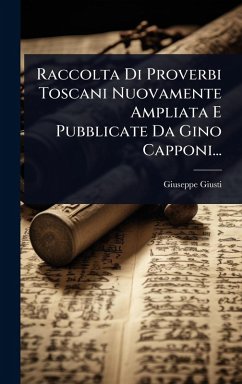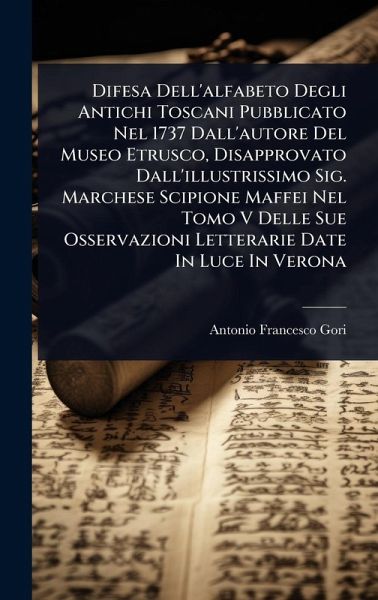
Difesa Dell'alfabeto Degli Antichi Toscani Pubblicato Nel 1737 Dall'autore Del Museo Etrusco, Disapprovato Dall'illustrissimo Sig. Marchese Scipione Maffei Nel Tomo V Delle Sue Osservazioni Letterarie Date In Luce In Verona
Versandkostenfrei!
Versandfertig in über 4 Wochen
37,99 €
inkl. MwSt.
Weitere Ausgaben:

PAYBACK Punkte
19 °P sammeln!
Difesa Dell'alfabeto Degli Antichi Toscani is a historical treatise by Antonio Francesco Gori, originally published in 1737. This work defends the author's interpretation of the alphabet used by the ancient Tuscans, as presented in his earlier work, 'Museo Etrusco.' The book addresses and refutes criticisms leveled by Marchese Scipione Maffei in the fifth volume of his 'Osservazioni Letterarie, ' published in Verona. Gori meticulously presents his arguments, supported by tables and figures, aiming to validate his perspective on the Etruscan alphabet's historical significance and linguistic acc...
Difesa Dell'alfabeto Degli Antichi Toscani is a historical treatise by Antonio Francesco Gori, originally published in 1737. This work defends the author's interpretation of the alphabet used by the ancient Tuscans, as presented in his earlier work, 'Museo Etrusco.' The book addresses and refutes criticisms leveled by Marchese Scipione Maffei in the fifth volume of his 'Osservazioni Letterarie, ' published in Verona. Gori meticulously presents his arguments, supported by tables and figures, aiming to validate his perspective on the Etruscan alphabet's historical significance and linguistic accuracy. This volume offers valuable insights into the scholarly debates of the 18th century regarding Etruscan studies and the interpretation of ancient languages. It remains relevant for historians of linguistics, Etruscan civilization, and those interested in the history of classical scholarship. This work has been selected by scholars as being culturally important, and is part of the knowledge base of civilization as we know it. This work was reproduced from the original artifact, and remains as true to the original work as possible. Therefore, you will see the original copyright references, library stamps (as most of these works have been housed in our most important libraries around the world), and other notations in the work. This work is in the public domain in the United States of America, and possibly other nations. Within the United States, you may freely copy and distribute this work, as no entity (individual or corporate) has a copyright on the body of the work. As a reproduction of a historical artifact, this work may contain missing or blurred pages, poor pictures, errant marks, etc. Scholars believe, and we concur, that this work is important enough to be preserved, reproduced, and made generally available to the public. We appreciate your support of the preservation process, and thank you for being an important part of keeping this knowledge alive and relevant.



